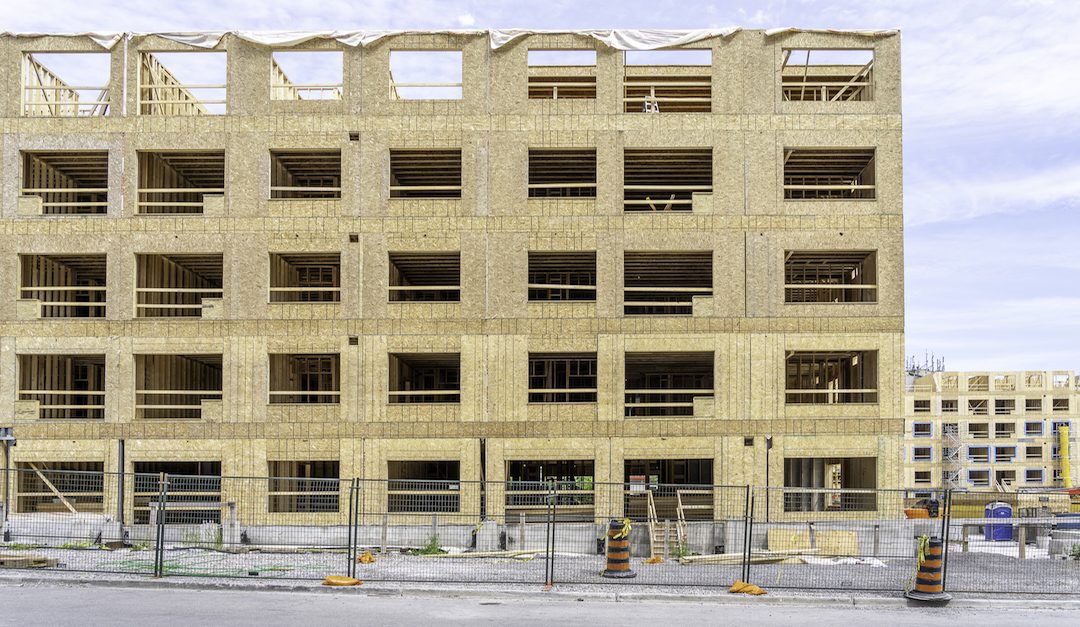Most Canadians are proactive about the environment. The government seems to be on the same page. In 2025, the country’s national building code will turn a bright shade of green, but what does that really mean?
Climate change has made natural disasters more prevalent in many areas of the country and concrete carbon-reducing policies will be implemented nationwide. Not making the necessary changes to building codes could cost Canada about $300 billion related to damages caused by natural disasters like wildfires and flooding.
An official report suggests that Canada’s warming is twice the global rate and the report calls for new design infrastructure protecting Canadians from extreme climate warming. Some of what the report espouses are regulations regarding concrete mixing, roofing standards and building materials.
What changes will be seen?
- Roofs will be certified to protect against extreme weather
- Concrete pavement will be improved to minimize flooding
- New standards will be put into place for basement flood protection
- New climate protection for storm water systems will be developed
Preventing Flooding
The report stipulates that flooding is the biggest challenge most Canadian homeowners face. The average cost to homeowners impacted by flooding is $43,000. The new code could affect the construction industry, which may have to install backflow preventers in new homes. New shingles might also have to be placed onto roofs with special attention paid to building development outside flood plains.
Zero Carbon
The Canada Green Building Council (CGBC) initiated the Zero Carbon Building Standard in 2017 to pursue zero greenhouse gas (GHG) emissions for new and existing buildings. It maintains that buildings contribute to GHG emissions and is calling for the elimination of those gases by 2050. In an effort to meet that goal, the CGBC says plans for new buildings today must set zero GHG emissions as a target and retrofit existing buildings. These goals marry proposed changes to the national building code.
Climate Change Means Home Construction Changes
Modern building codes are being hailed as the keys to resilience. As it now stands, building codes provides guides to the construction industry on minimum legal requirements for home builds without taking into consideration the extremes in variables.
Building codes originated in Canada in the 1940s for the health and safety of Canadians. They have morphed into complex technical documents governing many aspects of the construction industry. In light of numerous natural disasters in the country, the government agrees these codes should better deal with disaster risk.




